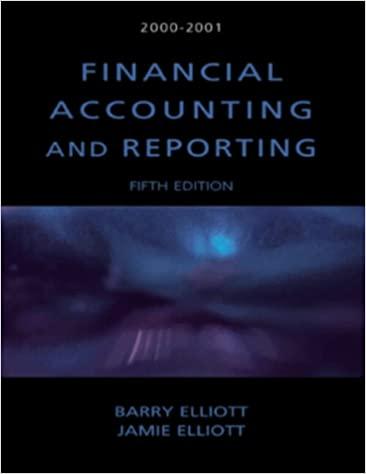Question
Integration works when the combined federal and provincial tax rate on corporate income is at a certain benchmark level for corporations paying eligible dividends and
Integration works when the combined federal and provincial tax rate on corporate income is at a certain benchmark level for corporations paying eligible dividends and a different benchmark level for corporations paying non-eligible dividends. Applicable rates vary from province to province which affects the effectiveness of integration. If you assume that the combined federal/provincial dividend tax credit is equal to 100 percent of the gross up, which of the following statements is correct with respect to combined federal and provincial tax rates and the effectiveness of integration?
Select one:
a.
If the combined corporate tax rate is equal to the benchmark rate, then the use of a corporation will result in the same amount of taxation.
b.
If the combined corporate tax rate exceeds the benchmark rate, then the use of a corporation will result in lower taxation.
c.
The combined corporate tax rate for corporations paying non-eligible dividends must be greater than the combined corporate tax rate for corporations paying eligible dividends for integration to work for all dividends.
d.
If the combined corporate tax rate is less than the benchmark rate, then the use of a corporation will result in additional taxation.
Step by Step Solution
There are 3 Steps involved in it
Step: 1

Get Instant Access to Expert-Tailored Solutions
See step-by-step solutions with expert insights and AI powered tools for academic success
Step: 2

Step: 3

Ace Your Homework with AI
Get the answers you need in no time with our AI-driven, step-by-step assistance
Get Started


